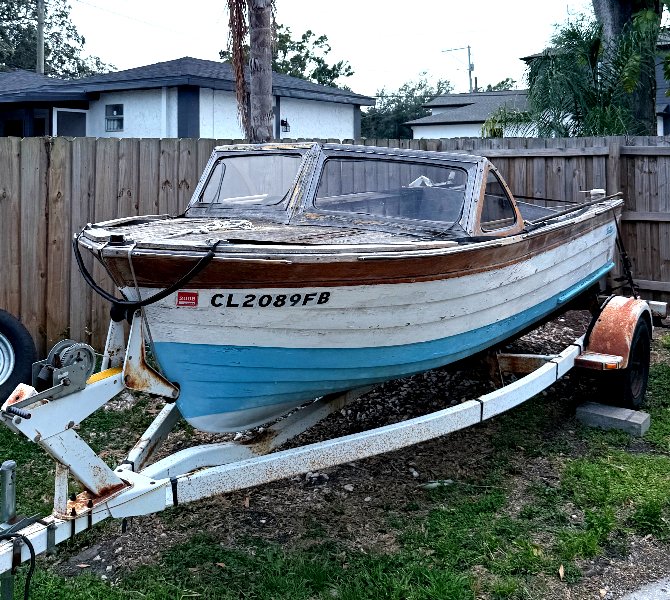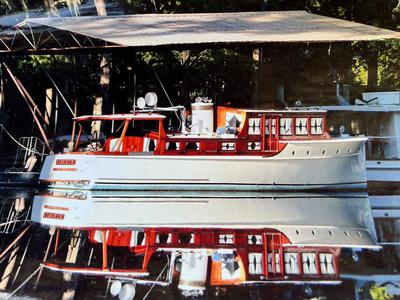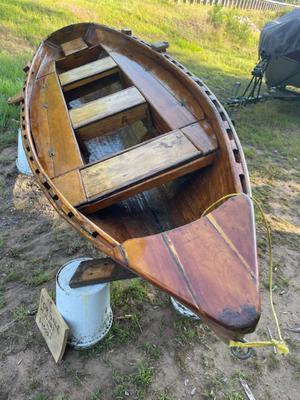Merron dinghy restoration ( like Duckling)
I have just started restoration of an 11' 0" Merron dinghy with original enamelled 'Thames Conservancy' registration plate dated nov. 1947.
It's the first autoclaved ply dinghy sold in the UK and is similar to the Fairey Duckling.
It's very original but has no mast or rigging however I'm confident that I will source something suitable.
The problem that I have is that there is no rear thwart and no signs of original fixings for one although for practical purposes one must have been fitted when built.
Does anyone have any knowledge of the 'Merron' and it's rear thwart as I would like to keep it as original as possible?















